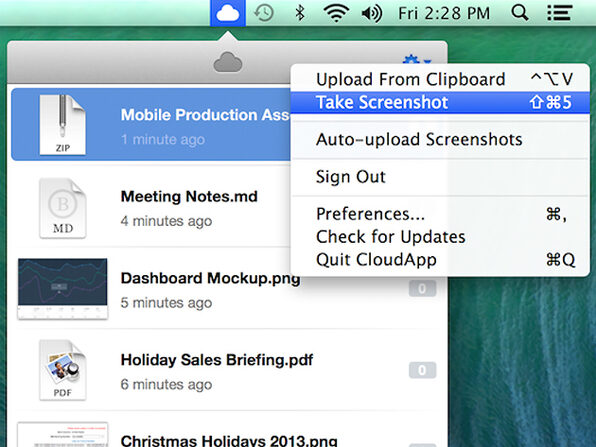

For example, there are many ways for malicious actors to leverage cloud apps to get into your enterprise network and exfiltrate sensitive business data.Īs an organization, you need to protect your users and confidential data from the different methods employed by malicious actors. So if you're an organization that uses, or is considering using, cloud apps to your portfolio of network services, you most likely need a CASB to address the additional, unique challenges of regulating and securing your environment. Additionally, an organization is responsible for managing and securing its cloud platform including IAM, VMs and their compute resources, data and storage, network resources, and more. You need a CASB to better understand your overall cloud posture across SaaS apps and cloud services and, as such, Shadow IT discovery and app governance are key use cases.

For IaaS and PaaS coverage, several CASBs govern the API-based usage of popular cloud service providers (CSP) and extend visibility and governance to applications running in these clouds. For SaaS coverage, CASBs commonly work with the most popular content collaboration platforms (CCP), CRM systems, HR systems, Enterprise resource planning (ERP) solutions, service desks, office productivity suites, and enterprise social networking sites. CASB coverage scope applies broadly across SaaS, PaaS, and IaaS. As the name suggests, CASBs act as a gatekeeper to broker access in real time between your enterprise users and cloud resources they use, wherever your users are located and whatever device they're using.ĬASBs do this by discovering and providing visibility into Shadow IT and app use, monitoring user activities for anomalous behaviors, controlling access to your resources, providing the ability to classify and prevent sensitive information leak, protecting against malicious actors, and assessing the compliance of cloud services.ĬASBs address security gaps in an organization's use of cloud services by providing granular visibility into and control over user activities and sensitive data. This is where a Cloud Access Security Broker steps in to address the balance, adding safeguards to your organization's use of cloud services by enforcing your enterprise security policies.
CLOUDAPP POWER UP FULL
To get the full benefit of cloud apps and services, an IT team must find the right balance of supporting access while protecting critical data. However, it also introduces new challenges and complexities for keeping your organization secure. Moving to the cloud increases flexibility for employees and IT teams. It provides simple deployment, centralized management, and innovative automation capabilities.įor information about licensing, see the Microsoft 365 licensing datasheet. Microsoft Defender for Cloud Apps natively integrates with leading Microsoft solutions and is designed with security professionals in mind. It provides rich visibility, control over data travel, and sophisticated analytics to identify and combat cyberthreats across all your Microsoft and third-party cloud services. Microsoft Defender for Cloud Apps is a Cloud Access Security Broker (CASB) that supports various deployment modes including log collection, API connectors, and reverse proxy.

For information about Office 365 Cloud App Security, see What are the differences between Microsoft Defender for Cloud Apps and Office 365 Cloud App Security?


 0 kommentar(er)
0 kommentar(er)
